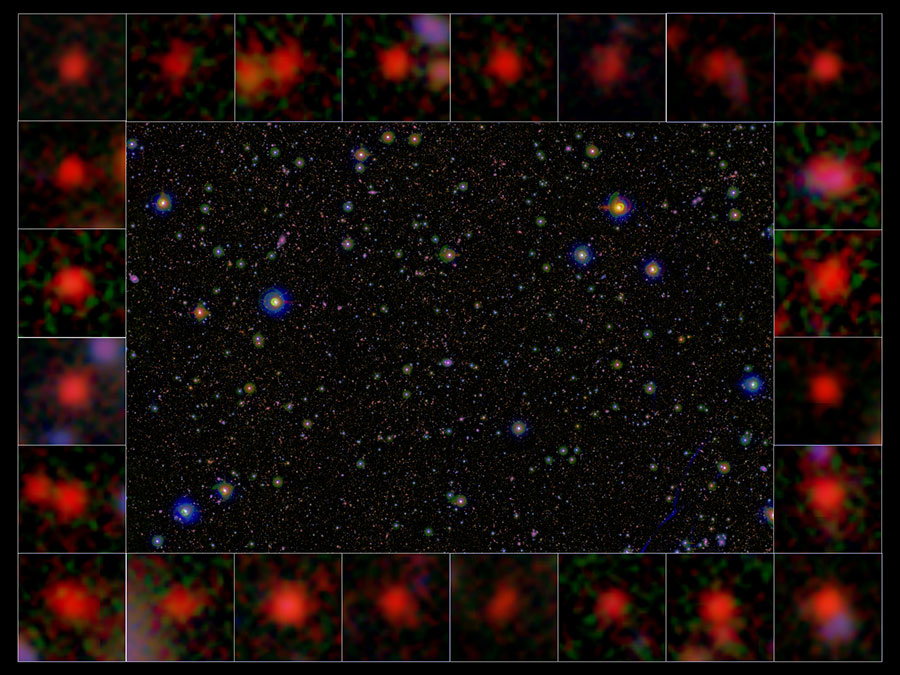
Black Holes Suspected in Galactic Deaths
Researchers have discovered that star formation in large galaxies ceased around 10 billion years go in response to material falling into black holes.

Two Planets, Both Alike in Iciness
Observations across multiple wavelengths are used to model the atmospheres of our ice giants and determine why they have different colors and haziness.

Greening of the Alps Seen From Space
The Alps are losing snow cover and gaining plant cover, resulting in a feedback loop that warms the atmosphere even further.

Improving Earthquake Measurements at Light Speed
Scientists trained a machine-learning algorithm to analyze GPS data for prompt elastogravity signals, which travel at the speed of light.

The Universe’s Boring Motion Documented
Using a pair of radio telescope surveys, a scientist has determined the Milky Way’s position in time and space relative to the rest of the universe.

Planetary Defense Exercise Finds Apophis… Again
In a test of asteroid detection capabilities, several observatories and spacecraft participate in the “discovery” of asteroid Apophis.

Two Human Spaceflights Launch on Same Day
Over the weekend, there were several rocket launches, including two human spaceflights on the same day (local time).

Review: Galaxy: The Prettiest Star
Dr. Pamela reviews the new graphic novel “Galaxy: The Prettiest Star”, written by Jadzia Axelrod and published under DC Comics’ Pride label.

Dust Devils Help Keep Mars Hazy
A team of researchers studied data from 216 sols’ worth of Perseverance observations and discovered that dust devils help keep the atmosphere dusty.

CO2 Loss No Longer Reason Mars Dried Out
Using a timeline of changes to flowing water on Mars plus simulations of that data, scientists discover carbon dioxide played no role in water loss.






